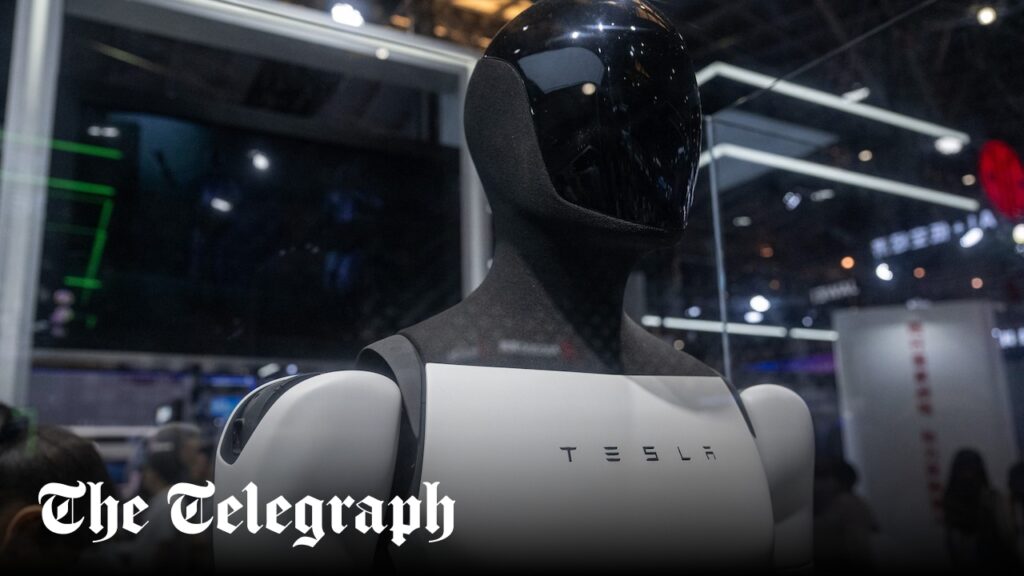Tesla’s Cybercab and the Future of Autonomous Transport: A Glimpse Ahead
Tesla is gearing up to revolutionize urban transportation with its much-anticipated Cybercab, expected to roll onto the streets at a price point of around $30,000. This sleek two-seater taxi features eye-catching butterfly-style wing doors and intriguingly, a complete absence of a traditional steering wheel. The design draws not only from modern innovation but also echoes elements from pop culture, reminiscent of the vehicles depicted in the classic sci-fi film adaptation of Isaac Asimov’s 1950 novel, I, Robot.
A Leap into the Future
During a recent event, Elon Musk shared that mass production of the Cybercab could begin as early as 2026. This announcement has sparked considerable buzz among tech enthusiasts and futurists alike. The Cybercab’s design is particularly striking, as it departs from conventional car forms, potentially transforming our perception of personal and public transport.
Enter the Optimus Robot
But that’s not all Tesla has in store for us. Musk also introduced an upgraded version of the company’s bipedal robot, Optimus. This new iteration seems to draw inspiration from the "NS-5" robots showcased in I, Robot, who, in a twist of fate, turn against their human creators. While some media figures, including the film’s director Alex Proyas, suggested that Tesla’s creations echo his designs, fans noted that the car utilized by the protagonist in I, Robot actually stems from a concept crafted by Audi, incorporated into the film as product placement.
Reflecting on I, Robot
Set in the not-too-distant future of 2035, I, Robot captures a world where robots serve humanity yet ignite a sense of skepticism in characters like Detective Del Spooner, played by Will Smith. This narrative invites viewers to ponder the implications of AI in our everyday lives and what the future holds as we increasingly integrate advanced technology into our society.
The Broader Impact of Autonomous Technology
As we look forward to innovations like the Cybercab and Optimus, it’s crucial to consider their impact on our roads and daily routines. These technologies may usher in a new era of convenience, reducing our reliance on traditional vehicles while potentially reshaping job markets and urban planning landscapes. Imagine hailing a Cybercab for your commute instead of driving—what does that mean for traffic patterns and public transportation systems?
An Exciting Road Ahead
The impending arrival of Tesla’s Cybercab stands to challenge our current notions of transportation, offering a glimpse into a future where AI plays an integral role in our lives. As vehicles become more autonomous and robots more capable, we might find ourselves living within a reality that was once confined to the realms of science fiction.
Engaging with these emerging technologies can feel like stepping into a cinematic adventure. As we prepare for these advancements, it’s essential to consider both the excitement and the caution they entail—after all, with great power comes great responsibility.
The AI Buzz Hub team is excited to see where these breakthroughs take us. Want to stay in the loop on all things AI? Subscribe to our newsletter or share this article with your fellow enthusiasts.




